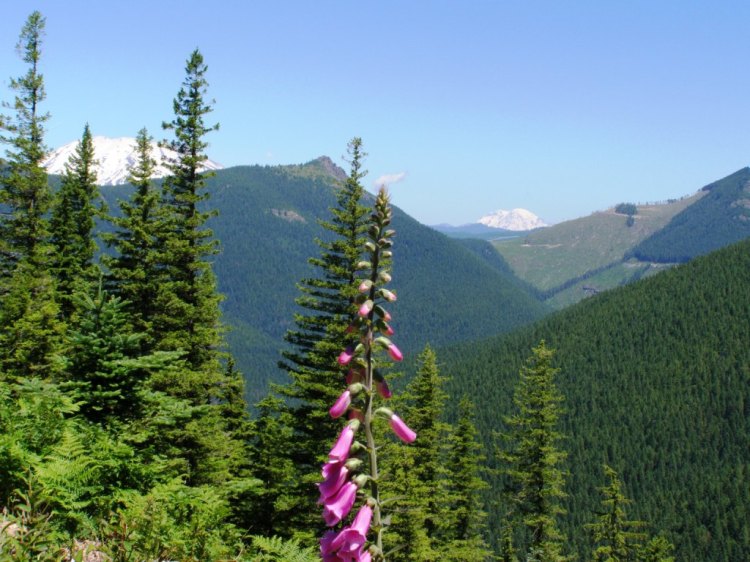
Here are some articles selected by DNR to read over the extended weekend, or later… it is the last official weekend of summer and shaping up to be warm and sunny on both sides of the Washington Cascade Mountains:
environment360: New research shows community managed forests have lower rates of deforestation than ‘protected’ forests
A new study finds that deforestation rates in tropical forests designated as “protected” areas are typically much higher than in community-managed forests. The findings suggest that community-based efforts can lead to increased local participation, reduced poverty, and greater economic opportunities and are a key part of forest conservation efforts globally.
Download research article from Forest Ecology and Management
Science Daily: Warming Streams Could Be the End for Spring-Run Chinook Salmon in California
Warming streams could spell the end of spring-run Chinook salmon in California by the end of the century, according to a study by scientists at University of California-Davis, the Stockholm Environment Institute and the National Center for Atmospheric Research.
Science Daily: Bedrock Nitrogen May Help Forests Buffer Climate Change, Study Finds
For the first time, researchers at the University of California-Davis, have demonstrated that forest trees have the ability to tap into nitrogen found in rocks, boosting the trees’ growth and their ability to pull more carbon dioxide from the atmosphere.
SpeigelOnline: Green Energy Use Jumps in Germany
During the first half of 2011, Germany for the first time generated more than 20 percent of its electricity from renewable sources, a new report says. While the country’s total electricity demand remained stable for the first six months of 2011, the share generated by renewable sources increased from 18.3 percent to 20.8 percent, according to the German Association of Energy and Water Industries.
New York Times / Green blog: Documenting a Collapsing Ice Shelf
Photographs show the colossal scale of a chunk of ice measuring 100 square miles, about four times the size of Manhattan, that broke off from Petermann Glacier in northwest Greenland last year. The event drew international interest for its possible connection to global warming. These ‘before and after’ photos show the ice shelf collapsing in a 10-mile wide glacial channel, framed by 3,000-foot high cliffs.
| Follow DNR on: |  |
 |
 |
 |
 |
 |